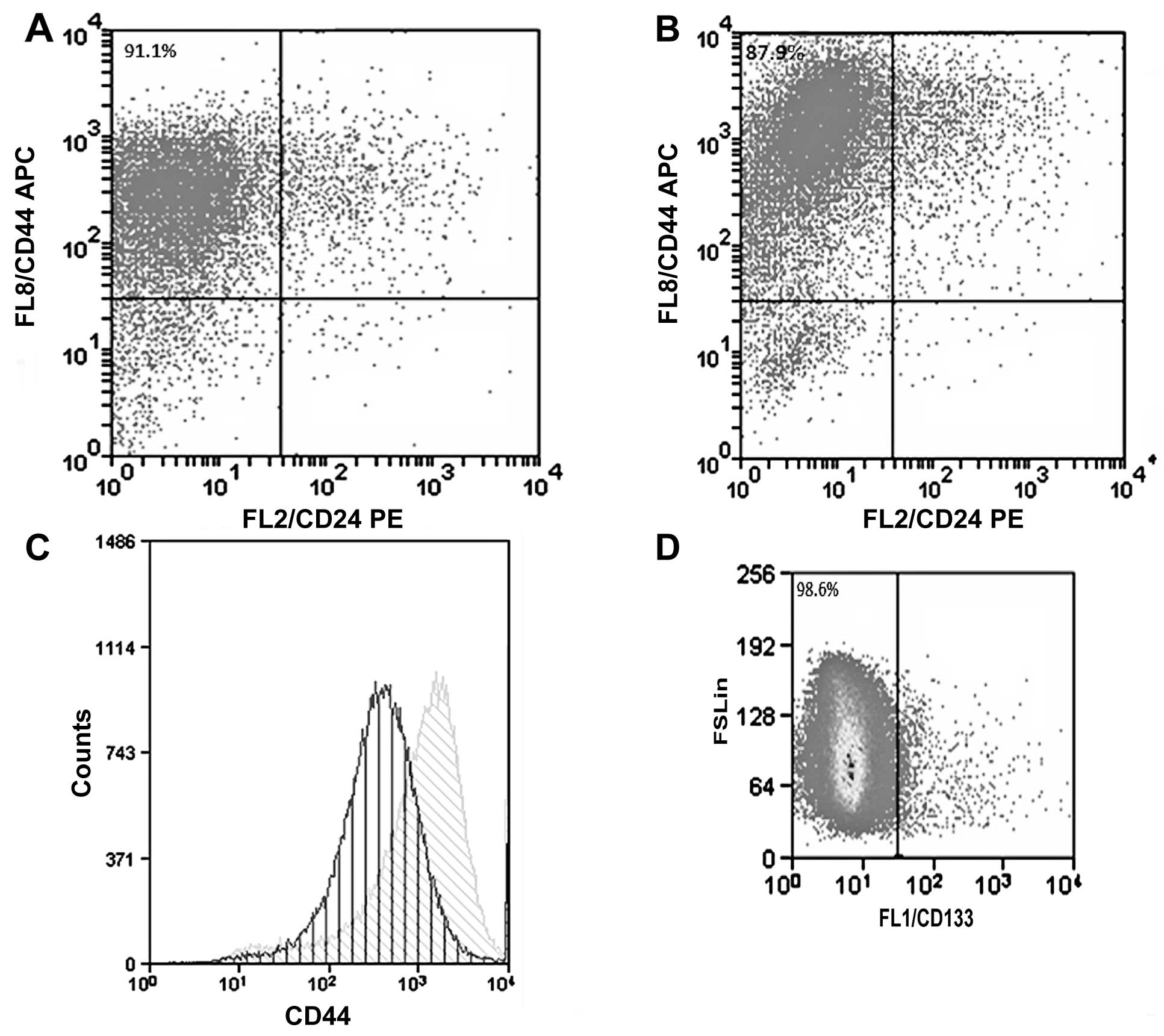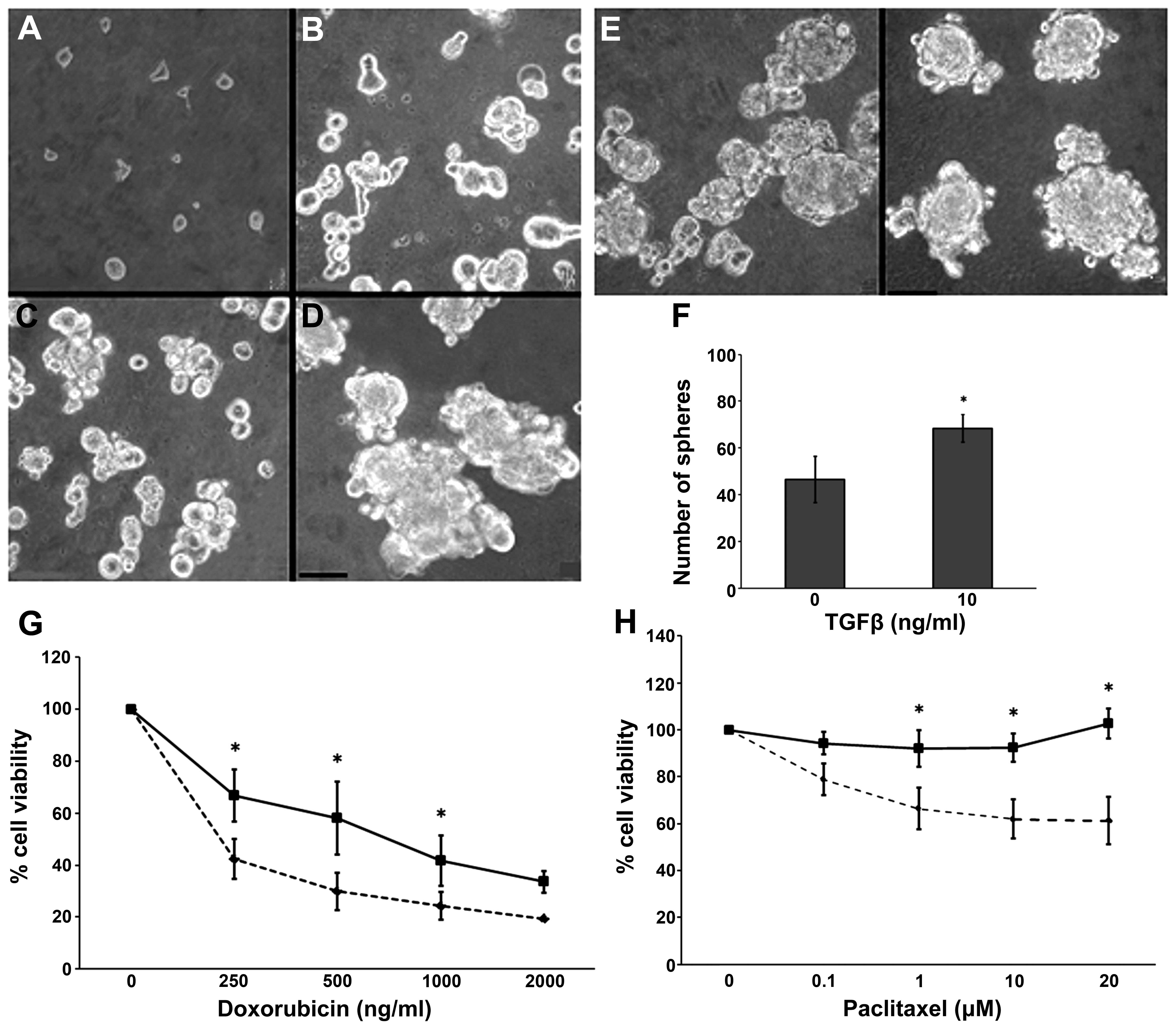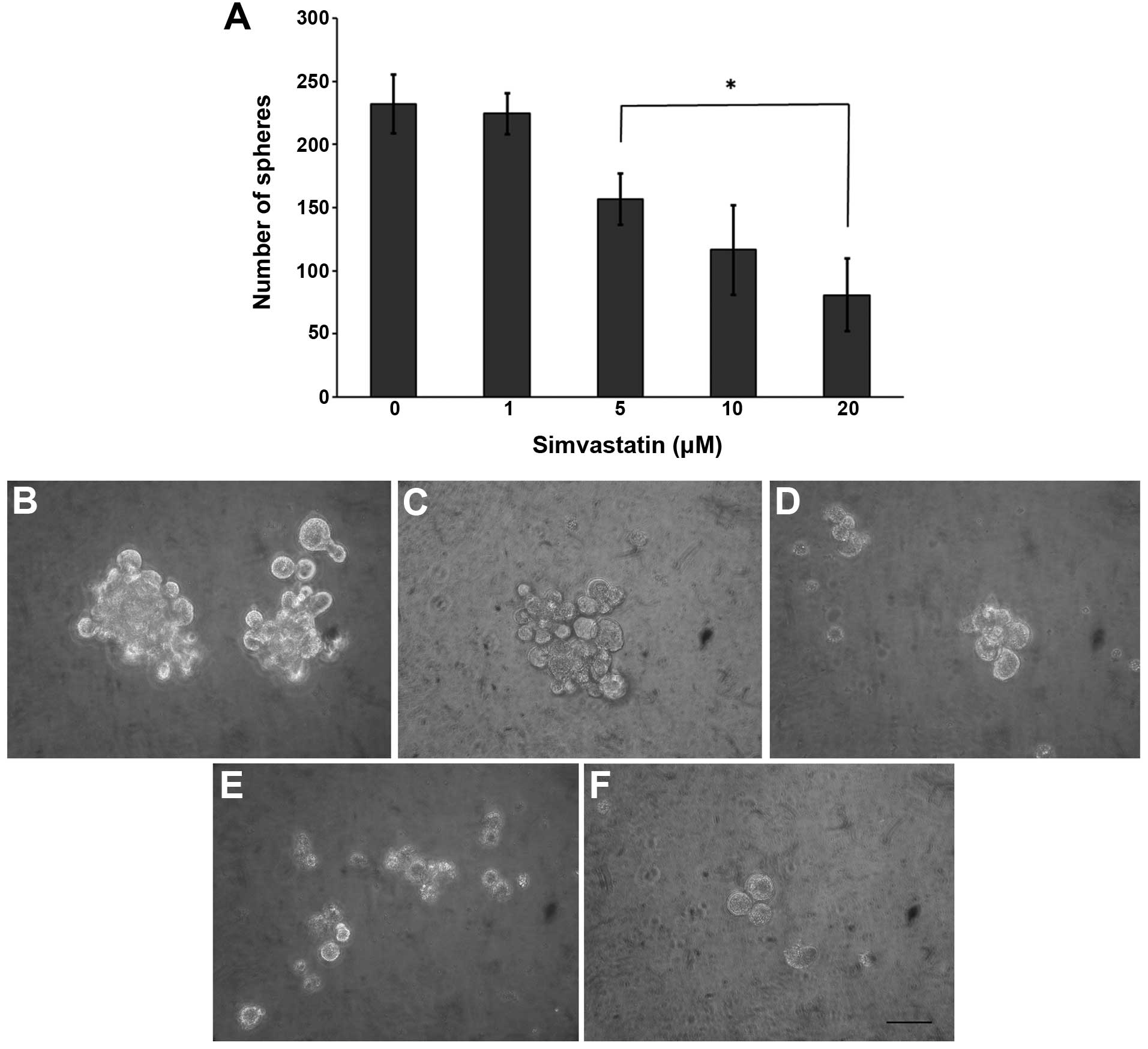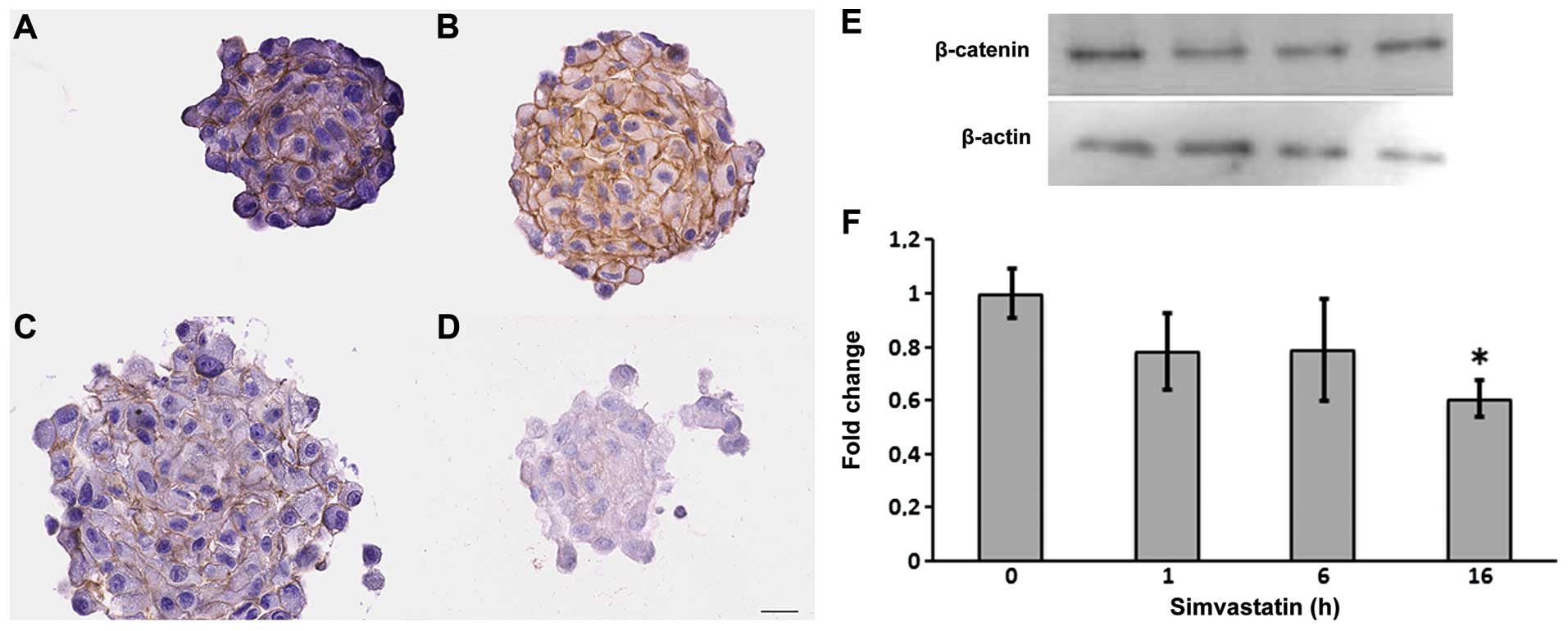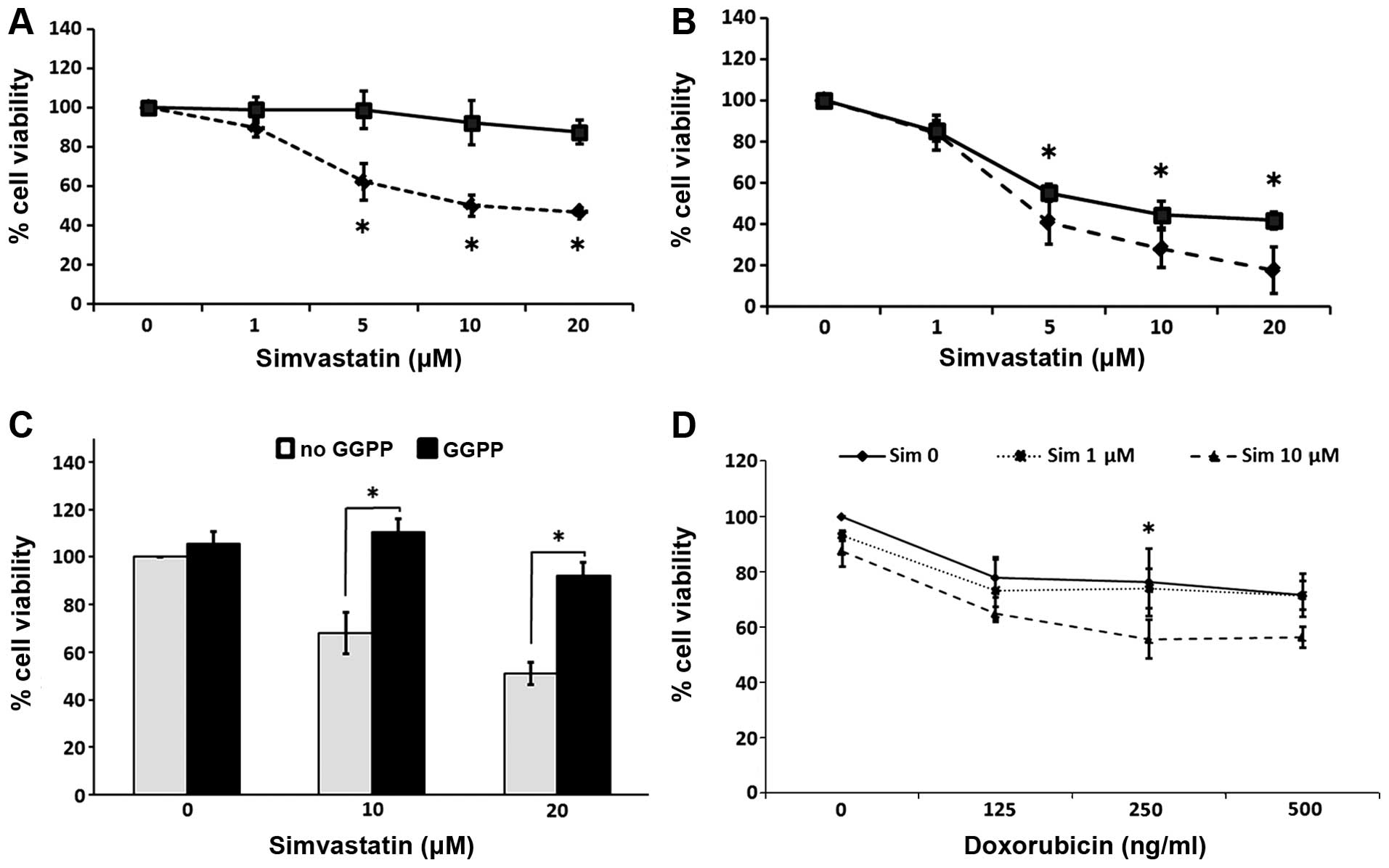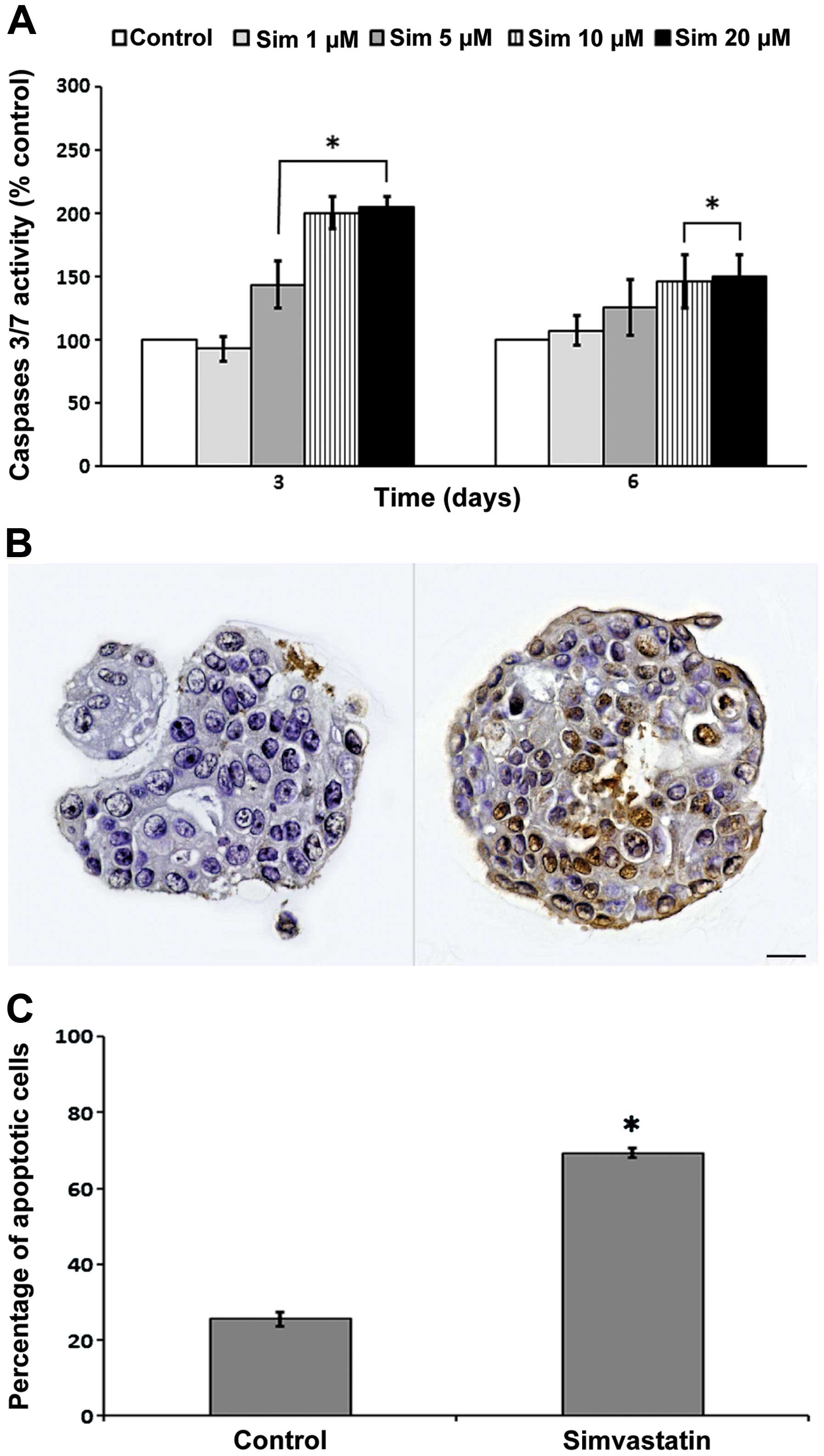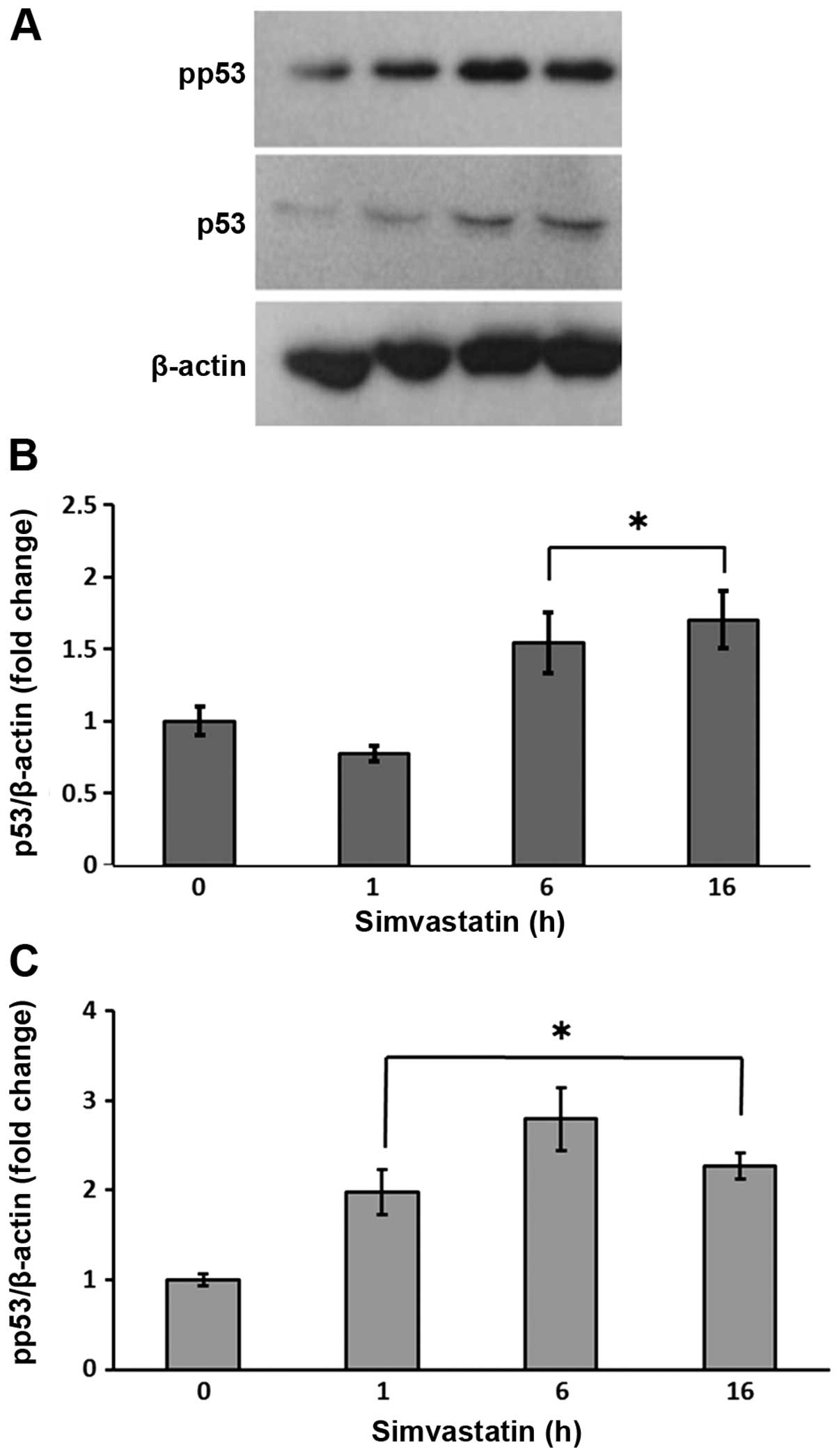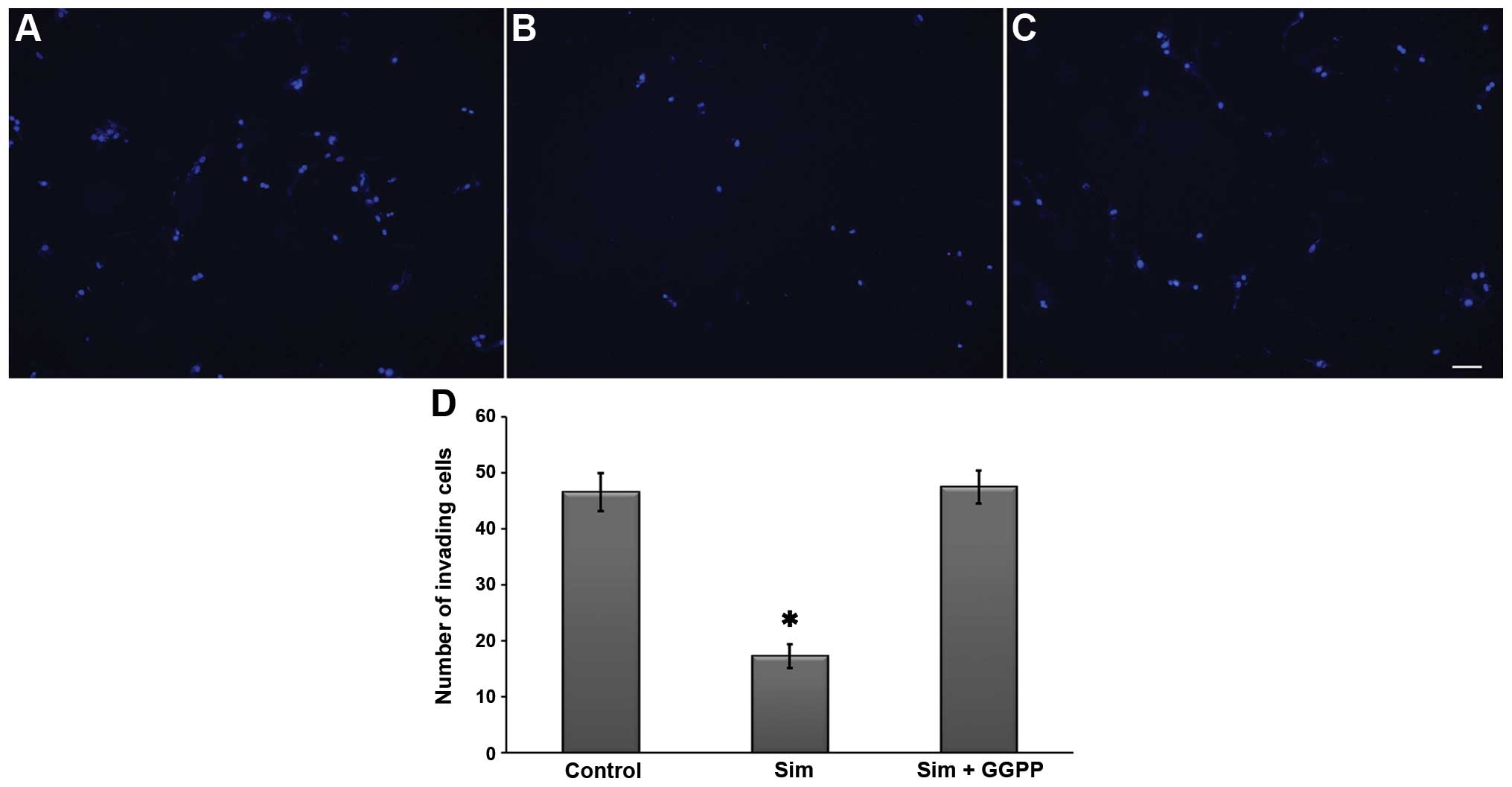|
1
|
Torres CG, Pino AM and Sierralta WD: A
cyclized peptide derived from α-fetoprotein inhibits the
proliferation of ER-positive canine mammary cancer cells. Oncol
Rep. 21:1397–1404. 2009.PubMed/NCBI
|
|
2
|
Paoloni M and Khanna C: Translation of new
cancer treatment from pets dogs to humans. Nat Rev Cancer.
8:147–156. 2008. View
Article : Google Scholar : PubMed/NCBI
|
|
3
|
Khanna C, Lindblad-Toh K, Vail D, London
C, Bergman P, Barber L, Breen M, Kitchell B, Mcneil E, Modiano JF,
Niemi S, Comstock KE, Ostrander E, Westmoreland S and Withrow S:
The dog as a cancer model. Nat Biotechnol. 24:1065–1066. 2006.
View Article : Google Scholar : PubMed/NCBI
|
|
4
|
Sorenmo KU, Rasotto R, Zappulli V and
Goldschmidt MH: Development, anatomy, histology, lymphatic
drainage, clinical features, and cell differentiation markers of
canine mammary gland neoplasms. Vet Pathol. 48:85–97. 2011.
View Article : Google Scholar
|
|
5
|
Klopfleisch R, von Euler H, Sarli G, Pinho
SS, Gärtner F and Gruber AD: Molecular carcinogenesis of canine
mammary tumors: news from an old disease. Vet Pathol. 48:98–116.
2011. View Article : Google Scholar
|
|
6
|
Rivera P and von Euler H: Molecular
biological aspects on canine and human mammary tumors. Vet Pathol.
48:132–146. 2011. View Article : Google Scholar
|
|
7
|
Michishita M, Akiyoshi R, Yoshimura H,
Katsumoto T, Ichikawa H, Ohkusu-Tsukada K, Nakagawa T, Sasaki N and
Takahashi K: Characterization of spheres derived from canine
mammary gland adenocarcinoma cell lines. Res Vet Sci. 91:254–260.
2011. View Article : Google Scholar
|
|
8
|
Cocola C, Anastasi P, Astigiano S,
Piscitelli E, Pelucchi P, Vilardo L, Bertoli G, Beccaglia M,
Veronesi MC, Sanzone S, Barbieri O, Reinbold RA, Luvoni GC and
Zucchi I: Isolation of canine mammary cells with stem cell
properties and tumour-initiating potential. Reprod Domest Anim.
44(Suppl 2): S214–S217. 2009. View Article : Google Scholar
|
|
9
|
Pang LY and Argyle D: Cancer stem cells
and telomerase as potential biomarkers in veterinary oncology. Vet
J. 185:15–22. 2010. View Article : Google Scholar : PubMed/NCBI
|
|
10
|
Pang LY, Cervantes-Arias A, Else RW and
Argyle DJ: Canine mammary cancer stem cells are radio- and
chemo-resistant and exhibit an epithelial-mesenchymal transition
phenotype. Cancers. 3:1744–1762. 2011. View Article : Google Scholar
|
|
11
|
Blacking TM, Waterfall M, Samuel K and
Argyle DJ: Flow cytometric techniques for detection of candidate
cancer stem cell subpopulations in canine tumour models. Vet Comp
Oncol. 10:252–273. 2012. View Article : Google Scholar : PubMed/NCBI
|
|
12
|
Boudreau DM, Yu O and Johnson J: Statin
use and cancer risk: a comprehensive review. Expert Opin Drug Saf.
9:603–621. 2010. View Article : Google Scholar : PubMed/NCBI
|
|
13
|
Behbod F and Rosen JM: Will cancer stem
cells provide new therapeutic targets? Carcinogenesis. 26:703–711.
2005. View Article : Google Scholar
|
|
14
|
Demierre MF, Higgins PDR, Gruber SB, Hawk
E and Lippman SM: Statins and cancer prevention. Nat Rev Cancer.
5:930–942. 2005. View
Article : Google Scholar : PubMed/NCBI
|
|
15
|
Campbell MJ, Esserman LJ, Zhou Y,
Shoemaker M, Lobo M, Borman E, Baehne F, Kumar AS, Adduci K, Marx
C, Petricoin EF, Liotta LA, Winters M, Benz S and Benz CC: Breast
cancer growth prevention by statins. Cancer Res. 66:8707–8714.
2006. View Article : Google Scholar : PubMed/NCBI
|
|
16
|
Taylor ML, Wells BJ and Smolak MJ: Statins
and cancer: a meta-analysis of case-control studies. Eur J Cancer
Prev. 17:259–268. 2008. View Article : Google Scholar : PubMed/NCBI
|
|
17
|
Mück AO, Seeger H and Wallwiener D:
Inhibitory effect of statins on the proliferation of human breast
cancer cells. Int J Clin Pharmacol Ther. 42:695–700. 2004.
View Article : Google Scholar : PubMed/NCBI
|
|
18
|
Kusama T, Mukai M, Tatsuta M, Nakamura H
and Inoue M: Inhibition of transendothelial migration and invasion
of human breast cancer cells by preventing geranylgeranylation of
Rho. Int J Oncol. 29:217–223. 2006.PubMed/NCBI
|
|
19
|
Mandal CC and Ghosh-Choudhury N, Yoneda T,
Choudhury GG and Ghosh-Choudhury N: Simvastatin prevents skeletal
metastasis of breast cancer by an antagonistic interplay between
p53 and CD44. J Biol Chem. 286:11314–11327. 2011. View Article : Google Scholar : PubMed/NCBI
|
|
20
|
Borgquist S, Djerbi S, Pontén F,
Anagtosnaki L, Goldman M, Gaber A, Manjer J, Landberg B and
Jirström K: HMG-CoA reductase expression in breast cancer is
associated with a less aggressive phenotype and influenced by
anthropometric factors. Int J Cancer. 123:1146–1153. 2008.
View Article : Google Scholar : PubMed/NCBI
|
|
21
|
Yu X, Luo Y, Zhou Y, Zhang Q, Wang J, Wei
N, Mi M, Zhu J, Wang B, Chang H and Tang Y: BRCA1 overexpression
sensitizes cancer cells to lovastatin via regulation of cyclin
D1-CDK4-p21WAF1/Cip1 pathway: Analyses using a breast
cancer cell line and tumoral xenograft model. Int J Oncol.
33:555–563. 2008.PubMed/NCBI
|
|
22
|
Kato S, Smalley S, Sadarangani A, Chen-Lin
K, Oliva B, Brañes J, Carvajal J, Gejman R, Owen GI and Cuello M:
Lipophilic but not hydrophilic statins selectively induce cell
death in gynecological cancers expressing high levels of HMGCoA
reductase. J Cell Mol Med. 14:1180–1193. 2010.
|
|
23
|
Kumar AS, Benz CC, Shim V, Minami CA,
Moore DA and Esserman LJ: Estrogen receptor-negative breast cancer
is less likely to arise among lipophilic statin users. Cancer
Epidemiol Biomarkers Prev. 17:1028–1033. 2008. View Article : Google Scholar : PubMed/NCBI
|
|
24
|
Herrero-Martin G and López-Rivas A:
Statins activate a mitochondria-operated pathway of apoptosis in
breast tumor cells by a mechanism regulated by ErbB2 and dependent
on the prenylation of proteins. FEBS Lett. 582:2589–2594. 2008.
View Article : Google Scholar : PubMed/NCBI
|
|
25
|
Kang S, Kim ES and Moon A: Simvastatin and
lovastatin inhibit breast cell invasion induced by H-Ras. Oncol
Rep. 21:1317–1322. 2009.PubMed/NCBI
|
|
26
|
Gopalan A, Yu W, Sanders BG and Kline K:
Eliminating drug resistant breast cancer stem-like cells with
combination of simvastatin and γ-tocotrienol. Cancer Lett.
328:285–296. 2013. View Article : Google Scholar
|
|
27
|
Gauthaman K, Manasi N and Bongso A:
Statins inhibit the growth of variant human embryonic stem cells
and cancer cells in vitro but not normal human embryonic stem
cells. Br J Pharmacol. 157:962–973. 2009. View Article : Google Scholar : PubMed/NCBI
|
|
28
|
Geng SQ, Alexandrou AT and Li JJ: Breast
cancer stem cells: multiple capacities in tumor metastasis. Cancer
Lett. 349:1–7. 2014. View Article : Google Scholar : PubMed/NCBI
|
|
29
|
Lorico A and Rappa G: Phenotypic
heterogeneity of breast cancer stem cells. J Oncol.
2011:1350392011. View Article : Google Scholar : PubMed/NCBI
|
|
30
|
Al-Ejeh F, Smart CE, Morrison BJ,
Chenevix-trench G, Lopez JA, Lakhani SR, Brown MP and Khanna KK:
Breast cancer stem cells: treatment resistance and therapeutic
opportunities. Carcinogenesis. 32:650–658. 2011. View Article : Google Scholar : PubMed/NCBI
|
|
31
|
Cruz MH, Sidén A, Calaf GM, Delwar ZM and
Yakisich JS: The stemness phenotype model. ISRN Oncol.
2012:3926472012.PubMed/NCBI
|
|
32
|
Tang DG: Understanding cancer stem cell
heterogeneity and plasticity. Cell Res. 22:457–472. 2012.
View Article : Google Scholar : PubMed/NCBI
|
|
33
|
Zhou BB, Zhang H, Damelin M, Geles KG,
Grindley JC and Dirks PB: Tumour-initiating cells: challenges and
opportunities for anticancer drug discovery. Nat Rev Drug Discov.
8:806–823. 2009. View Article : Google Scholar : PubMed/NCBI
|
|
34
|
Geng SQ, Alexandrou AT and Li JJ: Breast
cancer stem cells: multiple capacities in tumor metastasis. Cancer
Lett. 349:1–7. 2014. View Article : Google Scholar : PubMed/NCBI
|
|
35
|
Yang G, Xue F and Chen X: prognostic value
of different amounts of cancer stem cells in different molecular
subtypes of breast cancer. Gland Surg. 1:20–24. 2012.PubMed/NCBI
|
|
36
|
Magalhães GM, Terra EM, de Oliveira
Vasconcelos R, de Barros Bandarra M, Moreira PR, Rosolem MC and
Alessi AC: Immunodetection of cells with a
CD44+/CD24− phenotype in canine mammary
neoplasms. BMC Vet Res. 9:2052013. View Article : Google Scholar
|
|
37
|
Pérez-Hernández AI, Catalán V,
Gómez-Ambrosi J, Rodríguez A and Frühbeck G: Mechanisms linking
excess adiposity and carcinogenesis promotion. Front Endocrinol.
5:652014.
|
|
38
|
Tanabe A, Deguchi T, Sato T, Nemoto Y,
Maruo T, Madarame H, Shida T, Naya Y, Ogihara K and Sahara H:
Radioresistance of cancer stem-like cell derived from canine
tumours. Vet Comp Oncol. Jul 28–2014.Epub ahead of print.
View Article : Google Scholar : PubMed/NCBI
|
|
39
|
Li J and Zhou BP: Activation of β-catenin
and Akt pathways by Twist are critical for the maintenance of EMT
associated cancer stem cell-like characters. BMC Cancer. 11:492011.
View Article : Google Scholar
|
|
40
|
Roarty K and Rosen JM: Wnt and mammary
stem cells: hormones cannot fly wingless. Curr opin pharmacol.
10:643–649. 2010. View Article : Google Scholar : PubMed/NCBI
|
|
41
|
Torres CG, Ramírez ME, Cruz P, Epuñan MJ,
Valladares L and Sierralta WD: 27-Hydroxycholesterol induces the
transition of MCF7 cells into a mesenchymal phenotype. Oncol Rep.
26:389–397. 2011.PubMed/NCBI
|
|
42
|
Wang N, Wang Z, Peng C, You J, Shen J, Han
S and Chen J: Dietary compound isoliquiritigenin targets GRP78 to
chemosensitize breast cancer stem cells via β-catenin/ABCG2
signaling. Carcinogenesis. 35:2544–2554. 2014. View Article : Google Scholar : PubMed/NCBI
|
|
43
|
Wang Z, Wang N, Li W, Liu P, Chen Q, Situ
H, Zhong S, Guo L, Lin Y, Shen J and Chen J: Caveolin-1 mediates
chemoresistance in breast cancer stem cells via β-catenin/ABCG2
signaling pathway. Carcinogenesis. 35:2346–2356. 2014. View Article : Google Scholar : PubMed/NCBI
|
|
44
|
Zafarana G and Bristow RG: Tumor
senescence and radioresistant tumor-initiating cells (TICs): let
sleeping dogs lie! Breast Cancer Res. 12:1112010. View Article : Google Scholar : PubMed/NCBI
|
|
45
|
Guterres FA, Martinez GR, Rocha ME and
Winnischofer SM: Simvastatin rises reactive oxygen species levels
and induces senescence in human melanoma cells by activation of
p53/p21 pathway. Exp Cell Res. 319:2977–2988. 2013. View Article : Google Scholar : PubMed/NCBI
|
|
46
|
Wang Y, Xu SL, Wu YZ, Zao MS, Xu WJ, Yang
HY and Li YX: Simvastatin induces caspase-dependent apoptosis and
activates P53 in OCM-1 cells. Exp Eye Res. 113:128–134. 2013.
View Article : Google Scholar : PubMed/NCBI
|
|
47
|
Zanfardino M, Spampanato C, De Cicco R,
Buommino E, De Filippis A, Baiano S, Barra A and Morelli F:
Simvastatin reduces melanoma progression in a murine model. Int J
Oncol. 43:1763–1770. 2013.PubMed/NCBI
|















